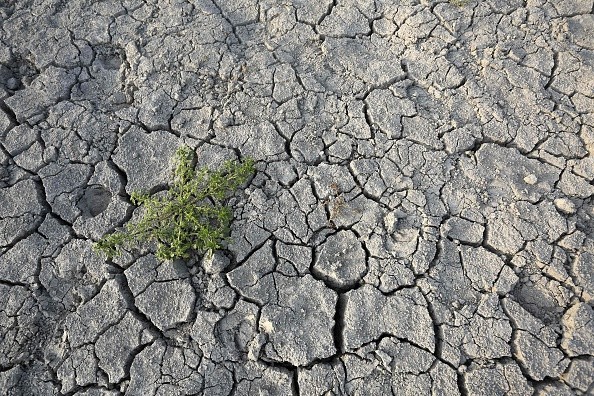The extensive patch of warm water has brought about a dry ridge of increased pressure across the south Pacific, preventing storms from getting to Chile - study.

Warming Blob
An extensive patch of warming water off New Zealand's coast known as a "warming blob" has played a role in a drought that has lasted over a decade, impacting parts of South America, as per scientists.
Researchers in New Zealand and Chile have analyzed the fast warming hot blob which increased and became noteworthy in 2019 following the record of spikes in water temperature of up to 6C.
Released in the Journal of Climate, the scientists in the new study made use of computer simulations to inquire whether there was a connection between the blob, which reaches an area about Australia's size, and years of insufficient winter rainfall in Chile.
The researchers' models discovered the blob brought about a dry ridge of increased pressure across the south Pacific, preventing storms from getting to central Chile and forced them towards west Antarctica.
Drought
One of the authors and also a lecturer in climate science at Victoria University of Wellington, whose name is Kyle Clem said: "This big ridge of high pressure blocks storm systems that bring rainfall to central Chile in winter. When we took the blob out of our simulations that ridge of high pressure disappears. That was one our biggest pieces of evidence that the blob is a major contributor [to the drought]."
The drought which is still in progress has decreased fresh water supplies in Chile and because of this, Andres Couve, the science minister, said this month the decline of water reserves because of climate change was a national priority.
Researchers ran models, examining a 40 year period from 1979 up till 2018, Clem said.
He said the simulations discovered that natural variability and insufficient rainfall in the tropical central Pacific permit the formation of a blob, even in the absence of the influence of global heating caused by humans.

Rise in Sea Surface Temperature
But he said the models revealed the rate at which the patch of the ocean warms was much higher due to greenhouse gases that took place because of human activity and the burning of fossil fuels.
They discovered that over the 40 year period, the blob had warmed 1.5C, about thrice the global average rise in sea surface temperature.
Clem said the notable rate of warming in the blob adds to a more powerful ridge of increased pressure across the southern Pacific.
"So what's worrying - and this is the next area of research that we're going to go down - is we need to understand the physical mechanisms that are maintaining the blob for such a long period of time," Clem added.
Related Article : Due to Historic Drought, US Declares Water Shortage on Colorado River That Supplies 40 Million People
For more news, updates about droughts and similar topics don't forget to follow Nature World News!
© 2025 NatureWorldNews.com All rights reserved. Do not reproduce without permission.





